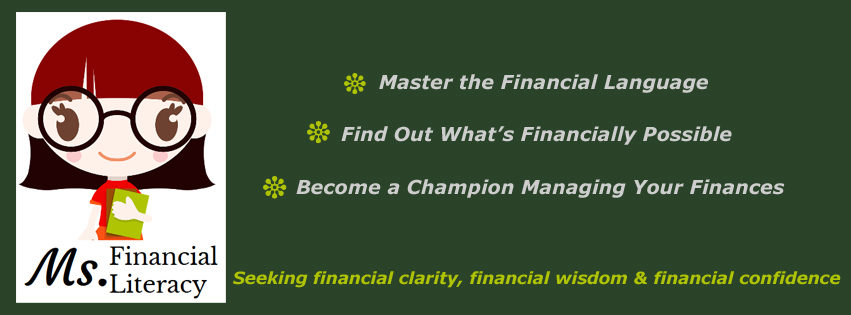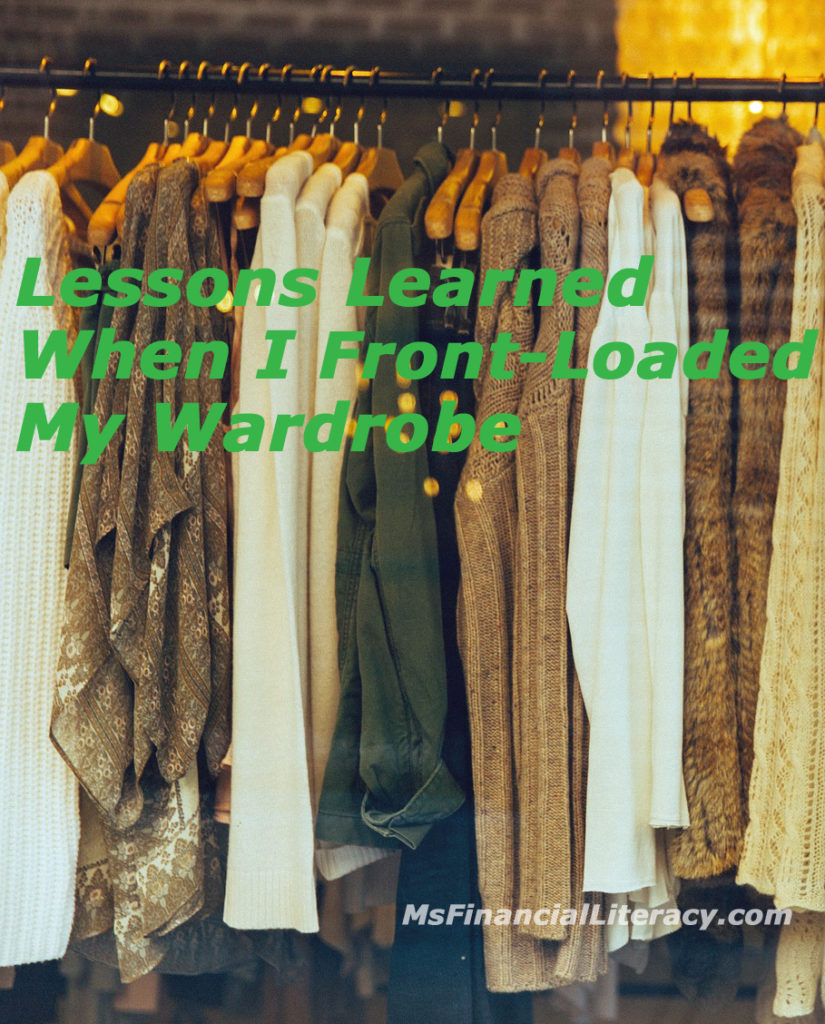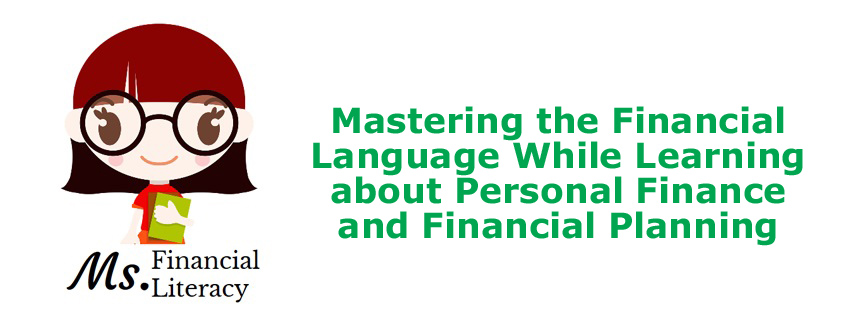
Readers, do you manage your finances following some conventional financial rules (of thumb)? If you want to pursue financial independence, in this post I encourage you to do your homework and think outside the box. Don’t always rely on shortcuts when managing your finances.
Each time I get a little sad when I hear on the radio or podcast, or read in a magazine or newspaper publication, or get asked by a friend, “How much should I save each month?”. My immediate reaction is this, “Why do you need someone else to tell you how much you should save? Why should you allow someone else to tell you how to manage your finances? Just so you don’t feel guilty about spending 30% of your after-tax paycheck on disposable things (based on the 50-30-20 rule of thumb)? Why subject yourself to financial rules of thumb that limit your savings rate? Shouldn’t you try to save as much as you can?”
My Views on Financial Rules of Thumb
This is not to say I’m a complete opponent to financial rules of thumb. I understand that not everyone is as financially savvy or financially confident as I am. Hence, for those people, I acknowledge that financial rules of thumb can serve a purpose in their financial planning. Those people need to start somewhere, and financial rules of thumb can give them a good anchoring point. Yes, anchoring point (as you’re starting your financial independence journey), that’s what these rules should only be.
Think of the rules as training wheels on a bicycle. As a child masters more riding skills, it’s important to adjust the training wheels higher off the ground, and keep doing this until the child feels confident riding the bicycle without the training wheels. Similarly, as we progress on our financial learning journey acquiring more financial knowledge, skills and wisdom, we need to leave the conventional rules of thumb behind at some point, and gradually transition into making our own financial rules.
Another caveat I have on financial rules of thumb is this: if you use those rules, remember to treat them only as rough guidelines. Don’t use the rules as shortcuts when managing your finances. The rules should not replace the need to do research, do math, or evaluate if a short-term financial decision is in alignment with long-term financial goals (e.g., “Yes, I can afford to spend 20% on housing, but I can also save extra $500 toward my retirement saving if I only spend 15%”.). As with any rules, always question the rule’s limitations.
Unfortunately, many people take financial rules of thumb at face value. As long they are following the rules, they think they’re doing well financially. And if they would to be saving a little more than the recommended (say, 25%), they think they’re doing great. And why wouldn’t they when they see one financial media article after another from people and/or institutions of authority recommending similar numbers? You can see examples here, here and here.
It’s easy to have other people (or institutions) do the homework for us, and follow the crow when we don’t know what’s financially possible (see here to find out for yourself). Even someone like Joshua Sheats (the voice behind Radical Personal Finance podcast) didn’t take the time to question the 10 to 20 percent savings rate rule of thumb. Despite his in-depth exposure to the personal finance literature and having built a career as a certified financial advisor, it took Joshua years to have realized the connection between his savings rate and the amount of money he had. In this podcast, Joshua shared with his listeners about his own frustrations and what he started doing in recent years as a result of having Jacob Lund Fisker’s Early Retirement Extreme and the Mr. MM article referenced above.
When I learned that even Joshua (whom I admire in the realm of personal finance) at one point used the rule of thumb to guide his savings rate and didn’t even question its limitations, I can only imagine how many other “users” aren’t aware of each rule’s caveats. Yes, Joshua was still saving a good percentage of his income, but according to his podcast, he could have done better. As such, when one applies financial rules of thumb managing his/her finances, the act itself is serving as a double-edged sword. One the one hand, the user does get some forms of boundaries (e.g., what percentage to save). On the other hand, a typical user might not intuitively think about flexing beyond the boundaries and consider other possibilities (e.g., How would my financial situation improve if I save 50% of my income?).
Our Story
Then, there’re people like my husband, who wasn’t aware of financial rules of thumb when he started working full time. This can be a financial disaster for some in the long term if they save only 5% of their take-home income or not save at all (or even have a negative savings rate). It was a different story for my husband. Mr. FL has always been a smart, frugal person. He doesn’t fall into greed and he has very little desires (that require spending money). Even though he didn’t know much about the stock market in his early 20s, he was very good at accounting and he had solid financial goals. So, Mr. FL just saved as much he could toward reaching his financial goals. From what I know of him, even if he had known about the financial rules of thumb, he would’ve never subjected himself to them.
As for myself, I wasn’t aware of financial rules of thumb until I was in my mid-20s (thanks to all the news media exposures on Yahoo Finance). Even after that, I didn’t revise my approach to managing money, especially when it came to savings rate. For one, the rule of thumb on savings rate was too easy for our situation. The recommended savings rate ranging anywhere from 10 to 20 percent of one’s after-tax income, while our savings rate was at least 50% (and as high as 70%) all the years throughout our married life thus far. And we didn’t want to spend more money. Second, we thought it was silly letting some financial rules of thumb dictate how we manage our money. At the time, we were both already financially savvy and we mostly knew what we were doing. We liked the financial progress we were making, and we weren’t going to let some rules of thumb allow us to think twice about how we’ve been managing our finances. This is especially important when (third reason) most of the rules on savings rate were too conservative for helping us achieve our financial goals (e.g., early retirement in our early 50s). Such financial goals were radical in mainstream America, and when pursuing radical goals, it was important that we apply the same attitude (being radical, that is) toward our lifestyles (e.g., maximizing our savings rate).
What I Learned from My Parents
While growing up my parents weren’t the kind that would purposely sit me down and give me a talk about money. And I thought money was just not to be talked about. However, that didn’t stop me from paying attention to how they were living their lives. Aside from having learned about frugal habits from my parents, I also observed (and overheard conversations between my parents) that my parents were very great savers. At the end of each month my parents would sit down and sum up their incomes. Then, they would allocate a pile of bills to pay rent, a pile to pay for utilities, and a pile to spend on groceries and necessary household items. I noticed that they didn’t set aside money to spend on clothing, eating out, or vacation. Those were not necessities in the household. As an adult, my parents’ money behaviors left profound imprints on my relationship with money.
Nowadays, both Mr. FL and I are very happy about our financial situation. And I’d like to attribute a big part of our financial success to having had the smarts and intuitions early on in our adult years to have created our own set of financial rules of thumb. To us, having been oblivious to the conventional set of financial rules of thumb, has truly been a blessing in our household.
Readers, if you’re thinking about or already on the path pursuing financial independence and early retirement (FIRE), you need radical ways of thinking, and live your life accordingly. Conventional financial rules of thumb can hinder creativity or thinking outside the box. If your goal is FIRE, don’t take the easy way and let others do the homework for you. Financial independence thinking is about thinking outside the box and being creative and radical with our money.
In my next post I will share our financial independence journey, and how having a savings rate of 50% or more over the past 8 years (the time Mr. FL and I’ve been together) has been helping us getting close to FIRE. Over the years, we’ve been seeing a strong connection between our savings rates and years to reaching financial independence.
I would love to hear what you’ve to say or add.
Are you aware of some of the conventional financial rules of thumb? If so, when/how were you exposed them?
Do you have your own set of financial rules/mantras/philosophies you live by each day? How have those rules been serving you?


















